A dirty chain is an inevitable part of riding bikes. But the chain is the unsung hero in converting your pedaling into forward movement, and a cleaner chain can mean better power transfer with every pedal stroke. While Shimano drivetrains are designed specifically to function reliably in the nastiest conditions, frequent cleaning and lubricating your chain will help your drivetrain last longer and perform better. Thankfully, regular maintenance of your chain is not a time or labor-intensive process, so you can easily keep your bike dialed and rolling smoothly.
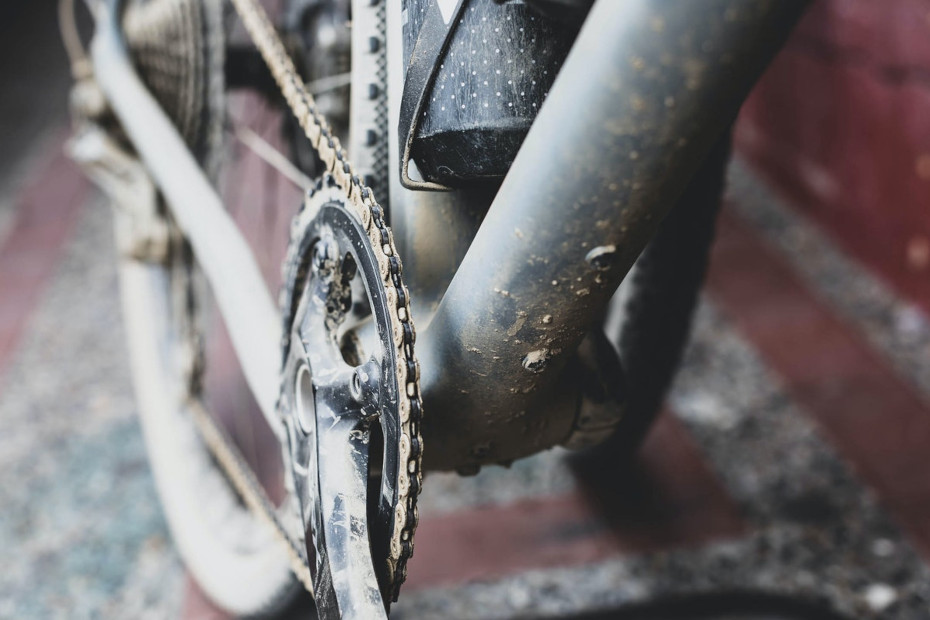
What’s in a Chain?
At first glance, chains seem incredibly simple. This holds true regarding their function, but their design is more sophisticated than meets the eye. Chains are comprised of a repeating pattern of connected links, each of which is made of four individual pieces. These pieces–– the two side plates, a pin, and a roller–– are usually made of steel, and these pieces work in unison to transfer power and move across your gears with the help of the derailleur. As the individual parts of the chain are constantly moving against each other, they require cleaning and lubrication to cut down on friction and run more efficiently.
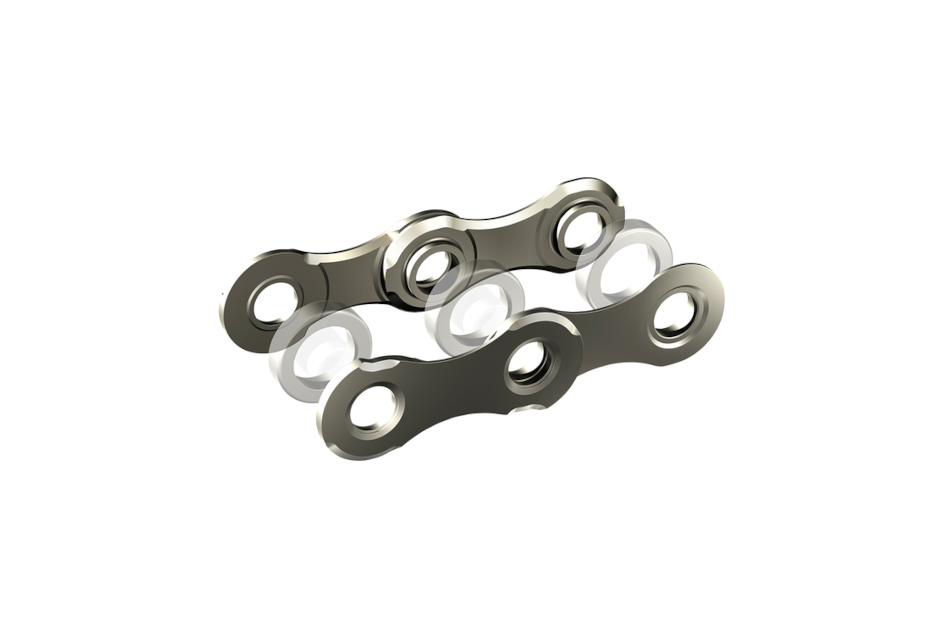
Clean it Up
Cleaning is easy, and just a couple of items are needed to get your chain shining again. Invest in a box of rubber gloves, a stiff-bristled brush, and a bottle of spray degreaser or solvent. A bike stand is also a nice addition to this process, raising the drivetrain to an easy working height so you can see all the nooks and crannies.
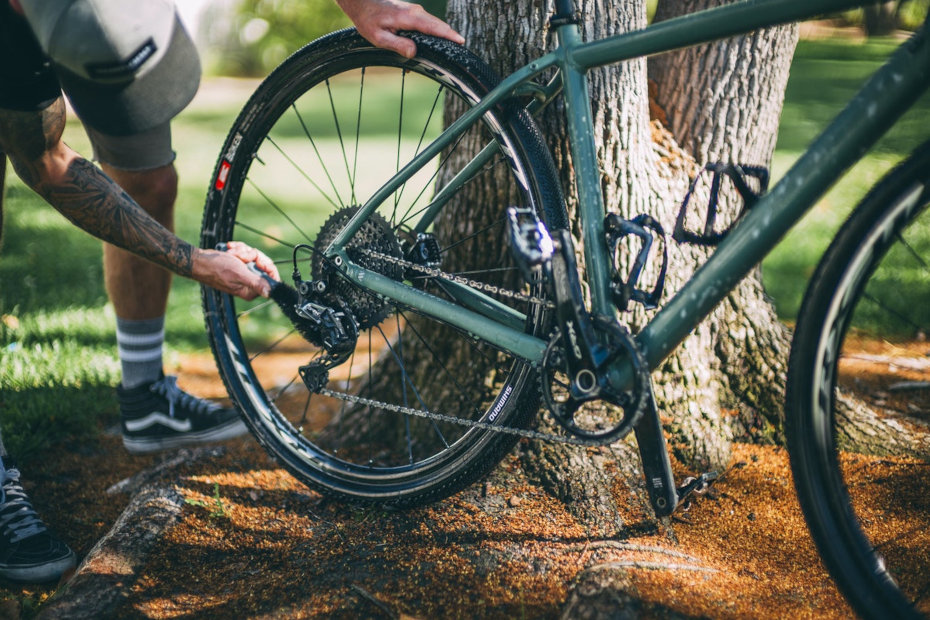
Apply a generous amount of degreaser to your chain and cassette and use the brush to dislodge the grime. To accelerate this process, use your left hand to hold the brush against the cassette and chain while pedaling backward with your right hand. To keep more tension on the chain during the cleaning process, be sure to shift into the big chainring.

After brushing the front, back, top, and bottom of the chain, be sure to thoroughly clean the other drivetrain components like chainrings and cassette teeth where the chain makes contact. Finally, rinse everything with clean water and watch the dirt and grime drift away. Once everything is dry, don't forget to reapply your favorite lube.
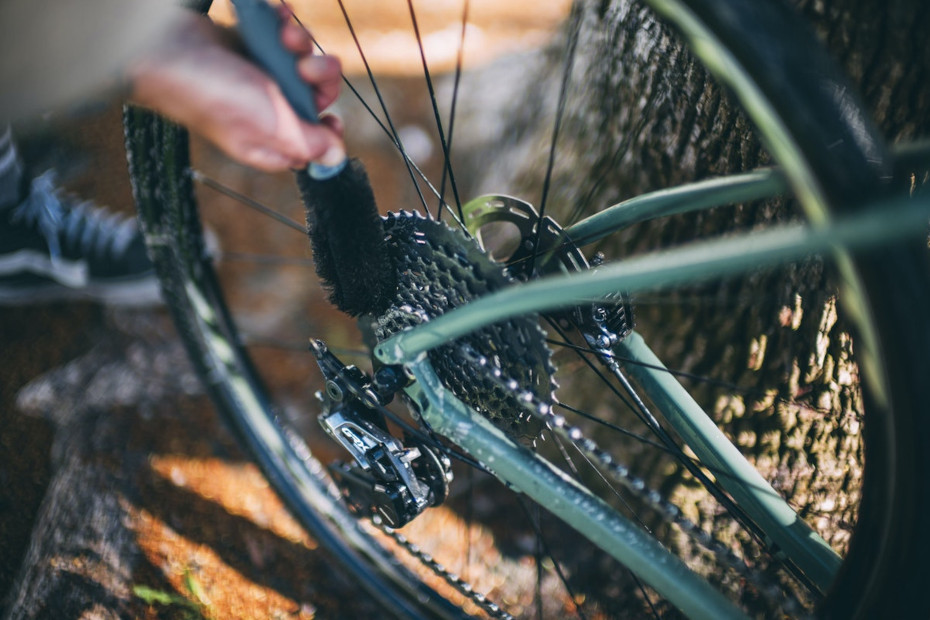
Lube Choices
Climate and personal preference dictate what type of lube to use. Riders who live in dry climates often lean towards dry lube–– typically less messy than wet lube but requiring more frequent reapplication. Dry lubes are usually wax or Teflon-based and dry onto the links of the chain upon application, keeping the drivetrain clean and non-greasy. In regions with consistent rainfall, wet lube is the go-to. Wet lube is typically oil-based and will cling to the chain even when pelted with water and muck. With wet lube, your drivetrain will run more quietly, but there's a tradeoff: more frequent cleaning is required to remove dirt and other contaminants, which stick to the oil-based lube.
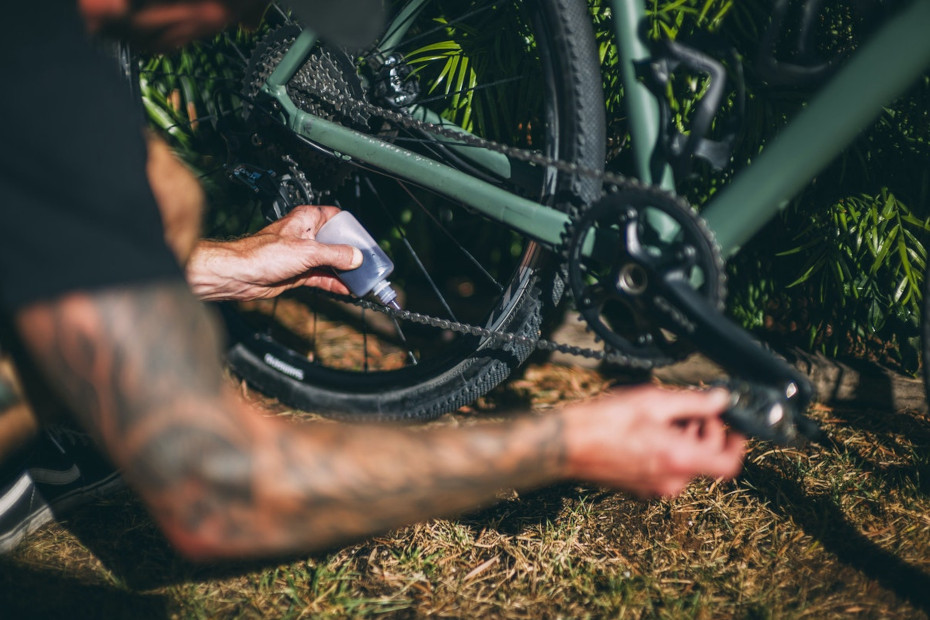
On long rides or multi-day tours in demanding conditions, it’s a good idea to stash a mini bottle of lube in your pack for reapplication. It’s easy to tell when your chain needs more lube–– just listen closely. Hear grinding or squeaking? Time for a drip.
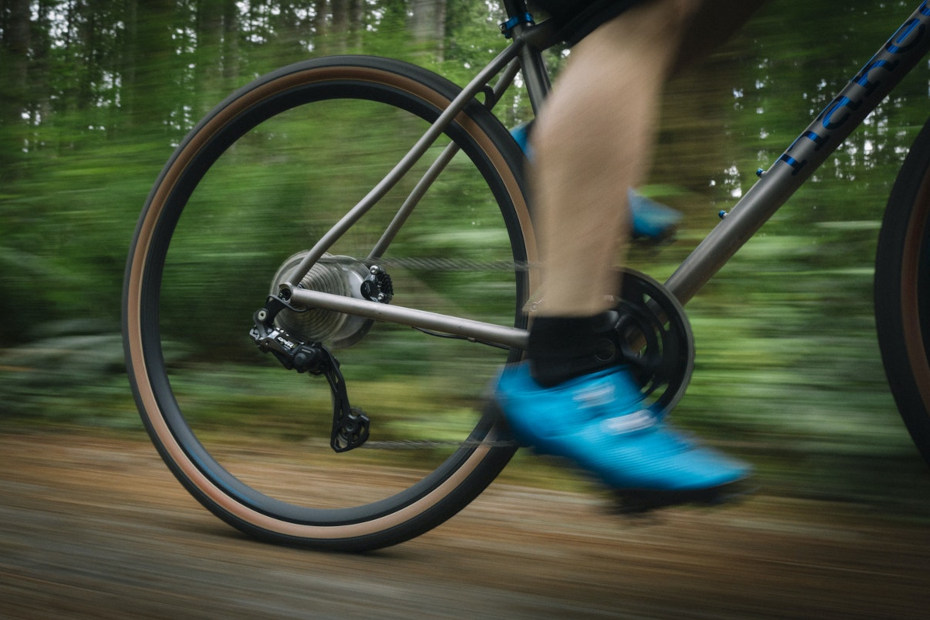
Regularly cleaning your chain will help keep your equipment running smoothly and cut down your annual maintenance costs at the bike shop. A well-cleaned and properly lubed chain will also help get rid of that annoying grinding and squeaking noises emanating from between your feet while also preventing the dreaded grease prints on the inside of your calf. A little time focusing on the often-overlooked chain can make a big difference in your day-to-day riding.





